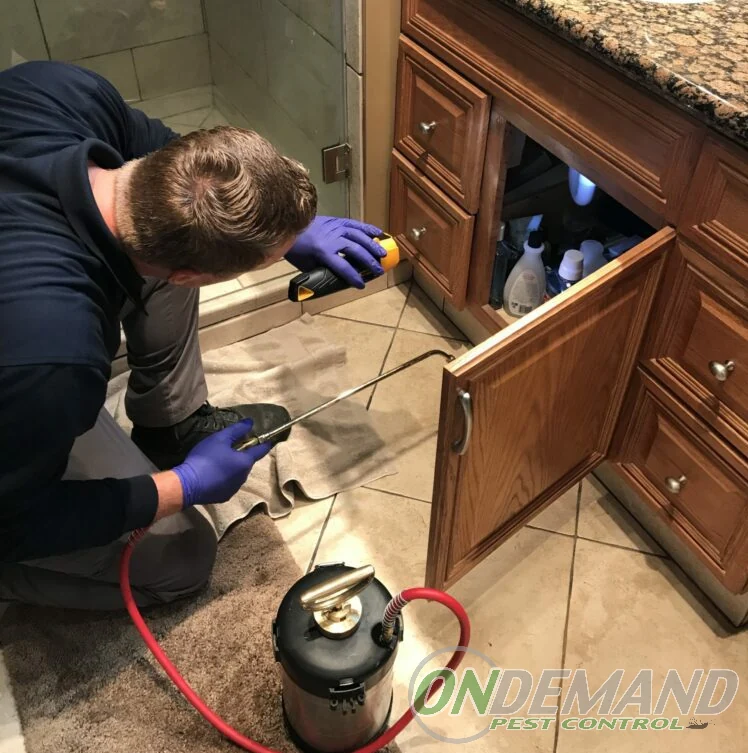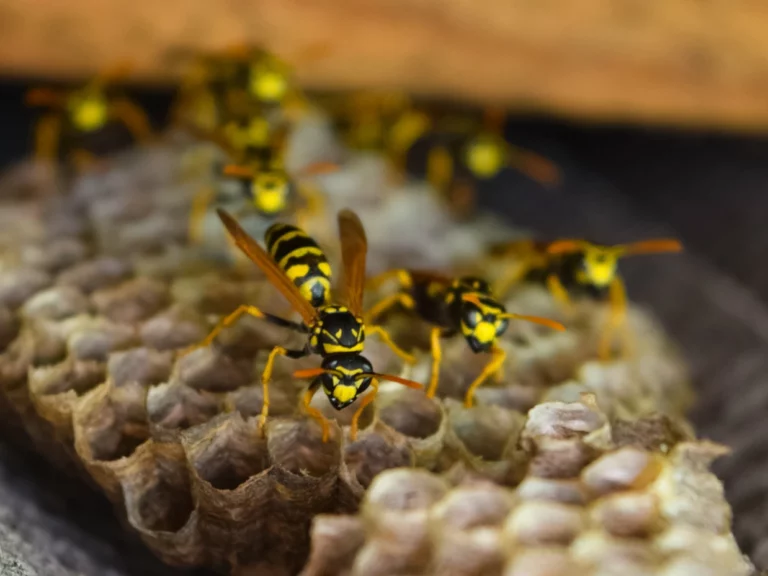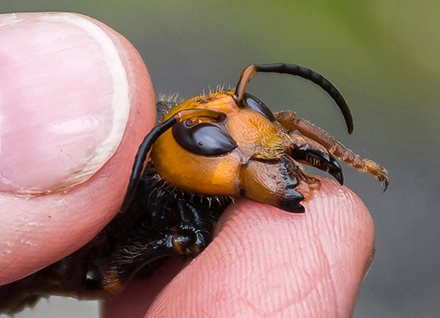PAVEMENT ANT FACTS & INFORMATION
Protect your home from Pavement Ants by learning techniques for identification and control.
How do I get rid of Pavement Ants?
There are a variety of treatment options available for getting rid of these ants. The colony’s population may rebound if some of its members survive. Let the pest control experts take care of things.
Insect control is one of the specialties of On Demand Pest Control. Your On Demand Pro will customize an ant treatment plan based on the specifics of your building or home.
Ant control is not a one-time procedure, but rather an ongoing effort. If you’re concerned about ants invading your home or office, call On Demand today.
Frequently Asked Questions
These pests love the moist, open spaces created by sidewalks, patios, and driveways. Pavement ants are known to enter homes in search of food, such as sweets, proteins, and dead insects, because they are so close to where people live. They may be able to get inside through foundation and basement walls and floors as well as concrete slabs at first, but the crumbs and trash they find as well as open food containers entice them to return and turn into a pest problem. Remaining pet food is a favorite food source for pavement ants, who can be found both inside and outside the home.
Pavement ant colonies in yards are difficult for homeowners to control because they live deep in the soil. During mating swarms, large numbers of these pests can be a nuisance, especially in kitchens or lawns. However, in the absence of provocation, ants are unlikely to sting.
The most common indicator is worker pavement ants, but other indicators include small piles of excavated materials or even swarmers.
On Demand does NOT charge for inspections. Our objective is to provide each customer with a personalized strategy. We know where to look for certain types of bugs, and we will perform a full inspection to find them. Additionally, we will also check for any other type of pest that may have made their way into your home. Each strategy takes into account the specifics of the property, issue, and the surrounding area. You may request an inspection by contacting (954) 947-0805.
Request a Free Estimate
Understanding Pavement Ants
Behavior
While foraging for food, pavement ants break into structures. Nests may be found outside in crevices in the pavement, beneath stones, or along curbs. They are able to build their homes in walls and beneath floors.
Appearance
- Pavement ants have light brown to black bodies with lighter appendages.
- They have parallel lines on the head and thorax and are 2.5 to 3 mm long.
- Their antennae feature 12 segments and a three-segmented club.
Diet
Meat, grease, living and dead insects, seeds, and aphid honeydew are all common food sources for pavement ants. They enjoy fatty meals and can eat a wide variety of items that people eat. Colonies of birds seek for food and build up pathways from their nests to the food sources they need. Infestation of huge numbers of pavement ant workers in a kitchen or outdoor patio may be a nuisance. They’re capable of stinging and biting you.
Bites
Although they can sting, pavement ants do not bite. Pavement ants are docile and non-aggressive, preferring to avoid conflict rather than stinging in self-defense.
Nesting
Throughout the United States, these ants are a major pest problem, but they are especially prevalent in the Midwest. As their name suggests, pavement ants nest in cracks in driveways and under sidewalks, piling the resulting dirt on top of the pavement.
Logs, bricks, stones, patio blocks, and boards are also home to pavement ants. Additionally, pavement ants are known to build nests in mulch or exposed soil near building foundations. Their nests can be found in a variety of unusual places, including the subfloors, insulation, and even the walls of buildings.
Because pavement ant nests are difficult to find, hiring a pest control professional is the best option for dealing with an infestation.
Reproduction
Pavement ants go through three developmental stages before becoming fully grown adults: egg, larva, and pupa.
During the months of June and July, swarms of wingless males and females produce eggs. A new colony is formed after a female lays her eggs.
Colonies
A typical pavement ant colony consists of several queens and a large number of workers. A queen lays eggs to start a new pavement ant colony. The queen’s brood is cared for by pavement worker ants until they reach adulthood. Broods are moved from place to place to protect them from changes in moisture and temperature as they grow.
FREE QUOTE
Schedule Your FREE Inspection




